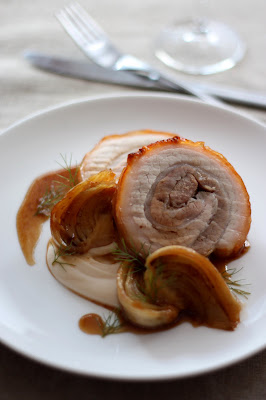Kylie Kwong has a new big book in the works and from my little sneak peek it looks absolutely awesome! The photography by Simon Griffiths is stunning. You may already be familiar with his work in cookbooks such as 'Winter In The Alps: Food by the Fireside' by Manuela Darling-Gansser and Stephanie Alexander's 'Menus for Food Lovers'. There's no doubt that this next publication will be the best one yet. It highlights some of the best produce that is grown and bred here in Australia, not to mention some of the growers' and producers' favourite ways to eat it all!
There is one thing that disappoints me though. Now that I've seen it, darn it I want a copy of it right away but it doesn't hit the shelves until July!! Oh well.. On the flip side however, Kylie Kwong has joined forces with Eveleigh Farmers' Market so until July comes around, I can satisfy my cravings for deliciously hot and silky pork wontons at the new Billy Kwong stall every Saturday! Okay, well maybe not every Saturday. By next Saturday I'll most likely never want to look at another wonton again considering I made 480 of the bloody things and they all sold out in the first 3 hours. It took me that long just to make them. I don't even want to think about how many more I'll have to prepare for next week. Argghh!!
If you've never been to Eveleigh Farmers Market, now is the perfect opportunity. Come by, try our terrific pork wontons and sip on some refreshing green tea! Don't forget to say hi and let us know what you think!
Eveleigh Farmers' Market
Every Saturday from 8am - 1pm
243 Wilson Street, Darlington
(5 minute walk from Redfern Station)
(02)9209-4220
















